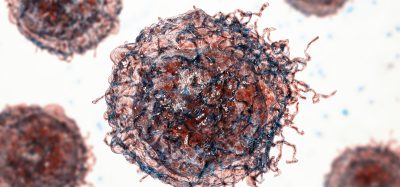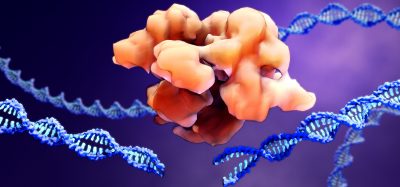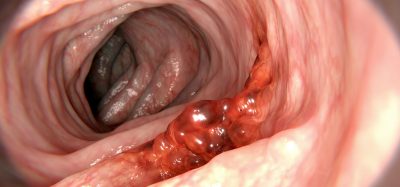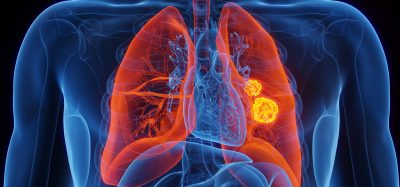Sunlight shown to trigger DNA mutation that causes melanoma
Posted: 3 August 2021 | Anna Begley (Drug Target Review) | No comments yet
New research found mutations that cause melanoma result from a chemical conversion in DNA fuelled by sunlight, undermining previous theories.
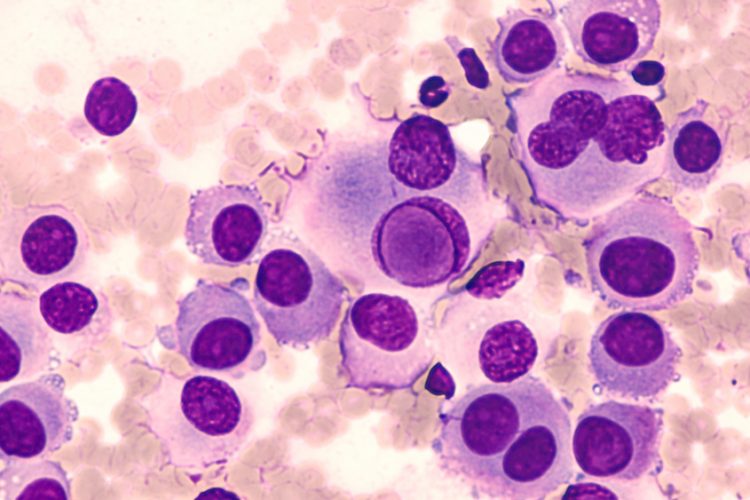
Research conducted by scientists at the Van Andel Institute (VAI), US, showed that the genetic mutations that give rise to melanoma result from a chemical conversion in DNA fuelled by sunlight, not a DNA copying error as previously thought.
“Cancers result from DNA mutation that allow defective cells to survive and invade other tissues. However, in most cases, the source of these mutations is not clear which complicates development of therapies and prevention methods,” said Dr Gerd Pfeifer at the VAI. “In melanoma, we have now shown that damage from sunlight primes the DNA by creating ‘premutations’ that then give way to full mutations during DNA replication.”
While most cancers are thought to begin when DNA damage directly causes that is then copied into subsequent generations of cells, Pfeifer and his team found a different mechanism in the case of melanoma. They discovered the introduction of a chemical base not normally found in DNA that makes it prone to mutation.
The team used a method developed by Pfeifer’s lab called circle damage sequencing which allowed the researchers to “break” DNA at each point where damage occurs. They then coaxed the DNA into circles which are replicated thousands of times using a technology called polymerase chain reaction (PCR). Once they had enough DNA, they used next-generation sequencing to identify which DNA bases are present at the breaks.
The researchers looked at melanoma’s DNA bases and found that the problem occurs when UVB radiation from the sun hits certain sequences of the bases thymine (T) and cytosine (C): CC, TT, TC and CT. UBV causes them to chemically link together and become unstable, resulting in a chemical change to cytosine that transforms it into uracil, a chemical base found in RNA but not in DNA. This “premutation” primes the DNA to mutate during normal cell replication thereby causing alterations that underlie melanoma.
“In our study, 10-15 minutes of sun exposure to UVB light was equivalent to what a person would experience at high noon and was sufficient to cause premutations,” explained Pfeifer. “While our cells have built-in safeguards to repair DNA damage, this process occasionally lets something slip by. Protecting the skin is generally the best bet when it comes to melanoma prevention.”
According to the team, the findings challenge long-held beliefs about the mechanisms underlying the disease, reinforce the importance of prevention efforts and offer a path forward for investigating the origins of other cancer types.
The study was published in Science Advances.
Related topics
DNA, Genetic Analysis, Next-Generation Sequencing (NGS), Oncology, Polymerase Chain Reactions (PCRs), RNAs, Sequencing
Related conditions
Melanoma
Related organisations
Van Andel Institute (VAI)
Related people
Dr Gerd Pfeifer




